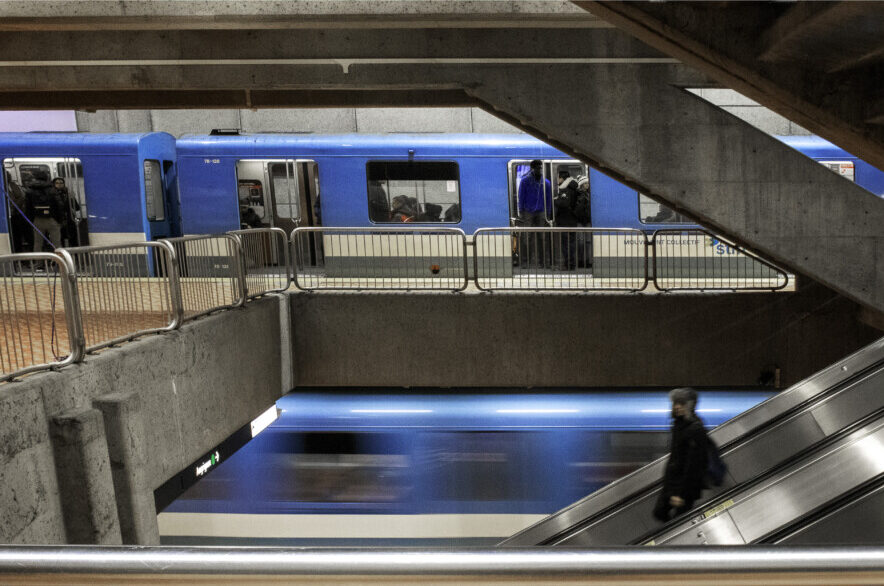The proposed plan to stop metro service at 11 p.m. could have detrimental effects on citizens.
Almost every Montrealer can relate to the feeling of sprinting to catch the last metro of the night… only to watch those blue doors close and see it drive away at the very last moment, leaving you stranded. If the rumours are true, that situation will be even more common, as the Société de transport de Montréal (STM) may soon cease operation even earlier—at 11 p.m., to be exact.
This past week, there has been talk of major reductions in public transportation. Beyond ending metro service early, inter-city bus routes may end at 9 p.m. and some routes could be halted entirely. If the plan is put into action, the cuts will have significant impacts on the city’s population, particularly workers.
What is the reason for this proposition? This hypothetical plan was put forth in response to a large deficit of funding from the province. According to Quebec’s transport minister, Genviève Guilbault, the government is unable to absorb the transportation systems’ funding deficits—which could be a shortfall of $2.5 billion over the next five years. Their first offer was a 20% coverage of deficits, which was quickly rejected as not nearly enough.
Laval’s Mayor Stéphane Boyer and Montreal’s Mayor Valerie Plante have both been vocal about how detrimental reducing transport would be. Boyer stated that reductions are “unthinkable,” as countless Laval workers rely on the metro, while Plante expressed the sentiment that Montreal needs a powerful public transport system in order to compete with other cities.
Student responses to the possibility range in severity: for some, the issue would be a mild hindrance whereas others could be completely disadvantaged. Michael McDonald, a second-year engineering student at Concordia, expressed his disappointment at the possibility of ending his nights out early, and remarked that there will likely be more alcohol-related BIXI accidents.
Beyond personal setbacks, the change could hinder workers who work night shifts, such as healthcare workers. “Most healthcare workers rely on public transportation, and if they don’t have access to it, they might just quit,” said Chloe Kim, a John Abbott College nursing student. “And there’s already a huge worker shortage crisis.”
In addition, a lack of viable public transport would mean countless more cars on the road, which would cause a substantial increase in traffic jams and accidents. And of course, women and minority groups who feel uncomfortable on the streets at night could find themselves in unsafe situations without proper means to get somewhere secure.
Public transportation is more than a convenience: it is a key facet of any area, and an essential element in countless lives. Though the reductions may not seem massive, they could have enormous repercussions.
Overall, however, it seems like the public transport system is safe for now. A spokesperson for the STM called these plans “hypothetical scenarios,” and meetings are to be held between the Greater Montreal Mayors and Guilbault to discuss alternatives. Let’s hope they come to an agreement: you can only run so fast for that last metro.
